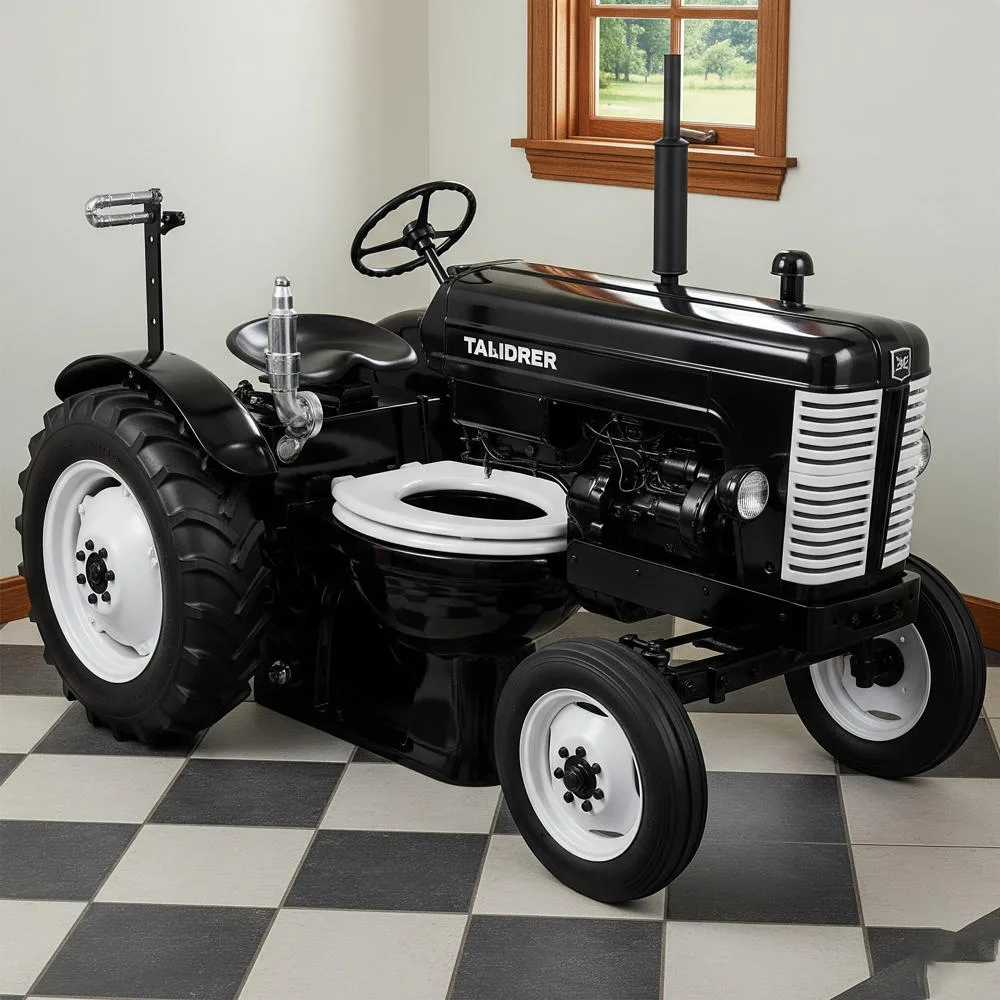What is a Tractor Toilet and Why Do Agricultural Workers Need It?
The agricultural industry presents unique challenges when it comes to providing adequate sanitation facilities for workers who spend long hours in remote fields. A tractor toilet represents an innovative solution to this pressing need, offering mobile sanitation facilities that can be easily transported to wherever agricultural work is taking place.
These specialized portable restrooms are designed specifically for the demanding conditions of agricultural environments. Unlike standard portable toilets, tractor toilets are built to withstand the rigors of farm life, including exposure to dust, chemicals, weather extremes, and frequent transportation across rough terrain.
The importance of proper sanitation facilities in agricultural settings cannot be overstated. Workers who labor in fields for extended periods need access to clean, hygienic restroom facilities not only for comfort but also for health and safety compliance. Federal regulations, particularly those enforced by the Occupational Safety and Health Administration (OSHA), mandate that employers provide adequate sanitation facilities for agricultural workers.
Types of Tractor Toilet Systems Available
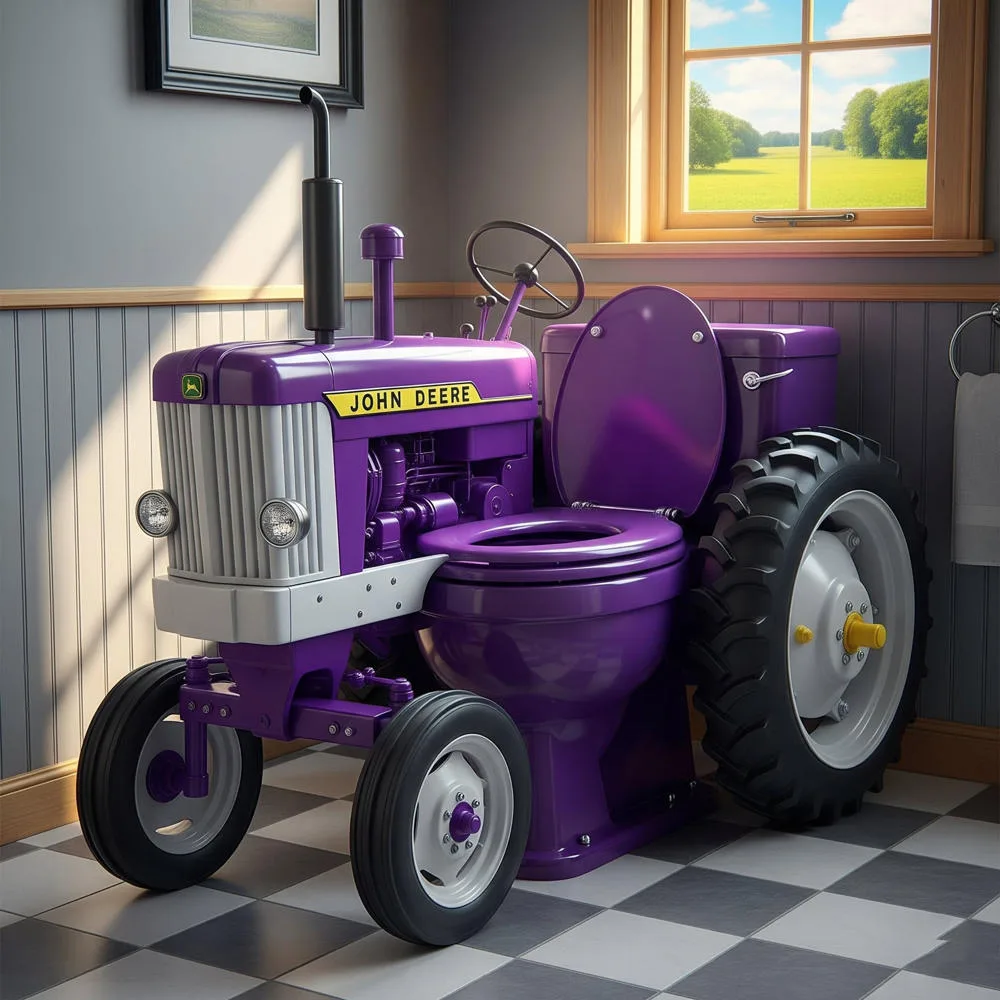
Towable Tractor Toilets
The most common type of tractor toilet is the towable unit, designed to be pulled behind tractors, trucks, or other farm vehicles. These units typically feature heavy duty wheels and a reinforced hitch system that can handle the bumps and jolts of traveling across uneven farmland.
Towable tractor toilets come in various sizes, from single unit facilities to larger multi stall configurations. The single unit models are perfect for smaller farming operations or specific field crews, while larger units can accommodate the needs of bigger agricultural enterprises with multiple work teams.
Truck Mounted Tractor Toilets
For larger agricultural operations, truck mounted tractor toilet systems offer superior mobility and capacity. These units are permanently or semi permanently mounted on truck beds or trailers, providing a stable platform for the sanitation facility while maintaining excellent mobility across different work sites.
Truck mounted systems often include additional features such as hand washing stations, storage compartments for cleaning supplies, and even small break areas for workers. The elevated position of these units also provides better ventilation and easier maintenance access.
Self Contained Portable Units
Self contained tractor toilet units represent the most flexible option for agricultural operations. These compact, lightweight units can be easily moved by hand or with minimal mechanical assistance, making them ideal for smaller fields or areas where larger vehicles cannot access.
Despite their smaller size, self contained units still provide all the essential features needed for proper sanitation, including waste holding tanks, ventilation systems, and secure locking mechanisms.
Key Features and Benefits of Modern Tractor Toilets
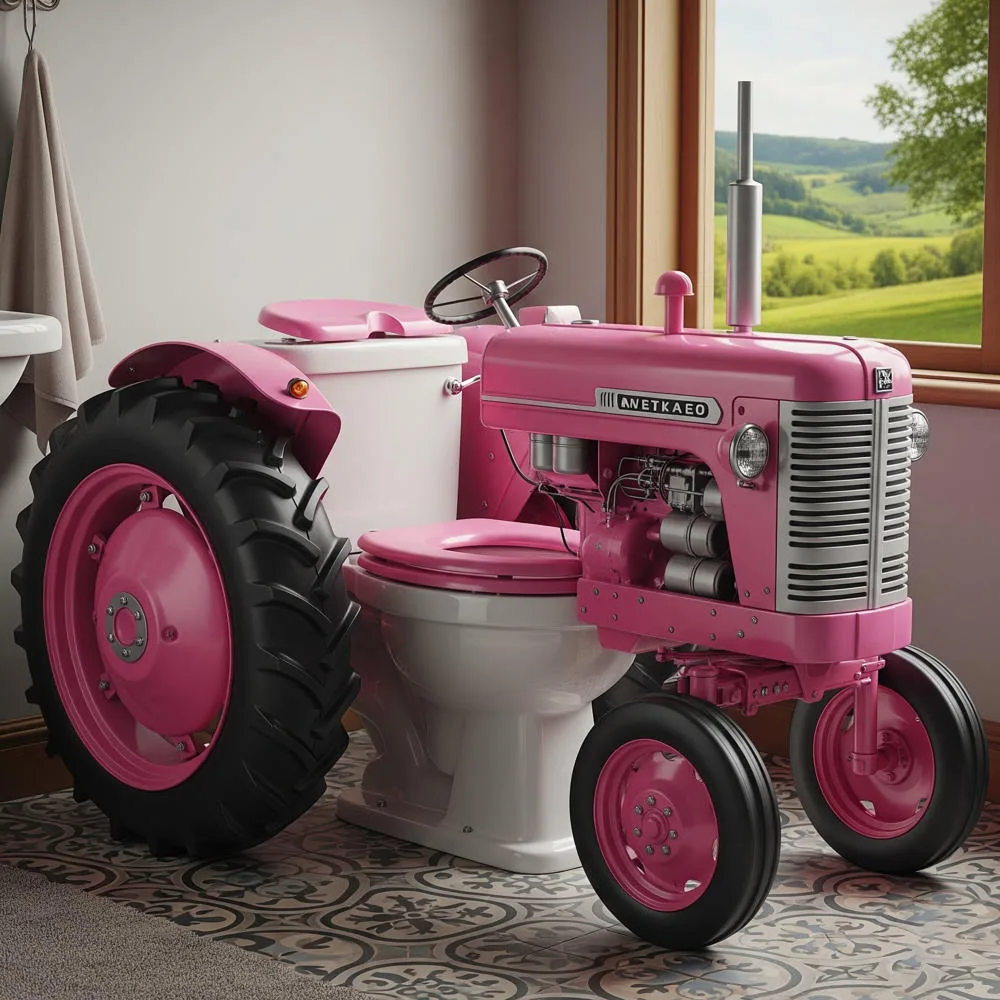
Durability and Weather Resistance
Modern tractor toilet designs prioritize durability above all else. These units are constructed from high grade materials such as rotationally molded polyethylene or fiberglass, which provide excellent resistance to UV rays, temperature extremes, and chemical exposure commonly found in agricultural environments.
The weather resistant features include sealed door systems, reinforced roofing, and drain systems designed to handle heavy rain or snow. Many units also feature insulation packages that help maintain comfortable interior temperatures during extreme weather conditions.
Waste Management Systems
Effective waste management is crucial for any tractor toilet system. Modern units incorporate advanced waste holding tank designs that maximize capacity while minimizing odors and maintenance requirements. Many systems feature indicator gauges that alert operators when tanks need servicing.
Some advanced tractor toilet models include macerator pumps or other waste processing systems that can extend the time between service calls, reducing operational costs and improving convenience for agricultural operations.
Hygiene and Sanitation Features
Contemporary tractor toilet designs place heavy emphasis on hygiene and sanitation. Standard features include hand sanitizer dispensers, toilet paper holders, ventilation fans, and interior lighting systems. Many units also incorporate antimicrobial surfaces and easy to clean interior finishes.
Hand washing stations are increasingly common in modern tractor toilet designs, often featuring foot operated pumps or sensor activated faucets to minimize contact with potentially contaminated surfaces.
Installation and Setup Considerations
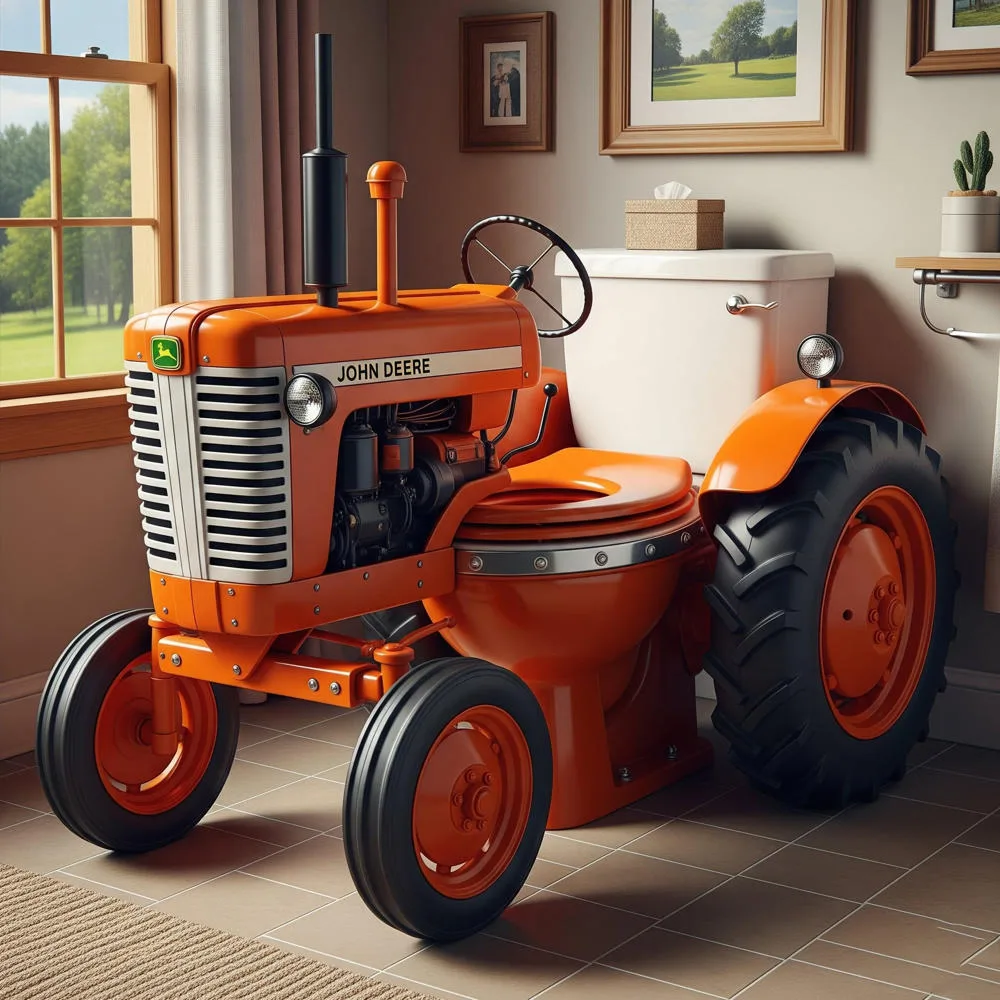
Site Selection and Preparation
Proper site selection is critical for effective tractor toilet deployment. The chosen location should be easily accessible to service vehicles while remaining convenient for agricultural workers. Ground conditions should be relatively level and stable to ensure the unit remains secure during use.
Consider factors such as prevailing wind direction, proximity to work areas, and accessibility for workers with disabilities when selecting placement locations. The site should also provide adequate drainage to prevent standing water around the unit.
Utility Connections and Requirements
While most tractor toilet units are designed to operate independently, some models may require utility connections for enhanced functionality. These might include electrical connections for lighting and ventilation systems, or water connections for hand washing facilities.
Solar power systems are becoming increasingly popular for remote tractor toilet installations, providing reliable power for lighting and ventilation without requiring grid connections or generator support.
Safety and Compliance Considerations
Agricultural employers must ensure their tractor toilet installations comply with relevant safety and health regulations. This includes proper anchoring systems to prevent tipping, adequate ventilation to prevent hazardous gas accumulation, and appropriate signage for safety warnings and usage instructions.
Regular safety inspections should be conducted to identify potential hazards such as structural damage, ventilation system failures, or waste system malfunctions that could pose health risks to workers.
Maintenance and Service Requirements
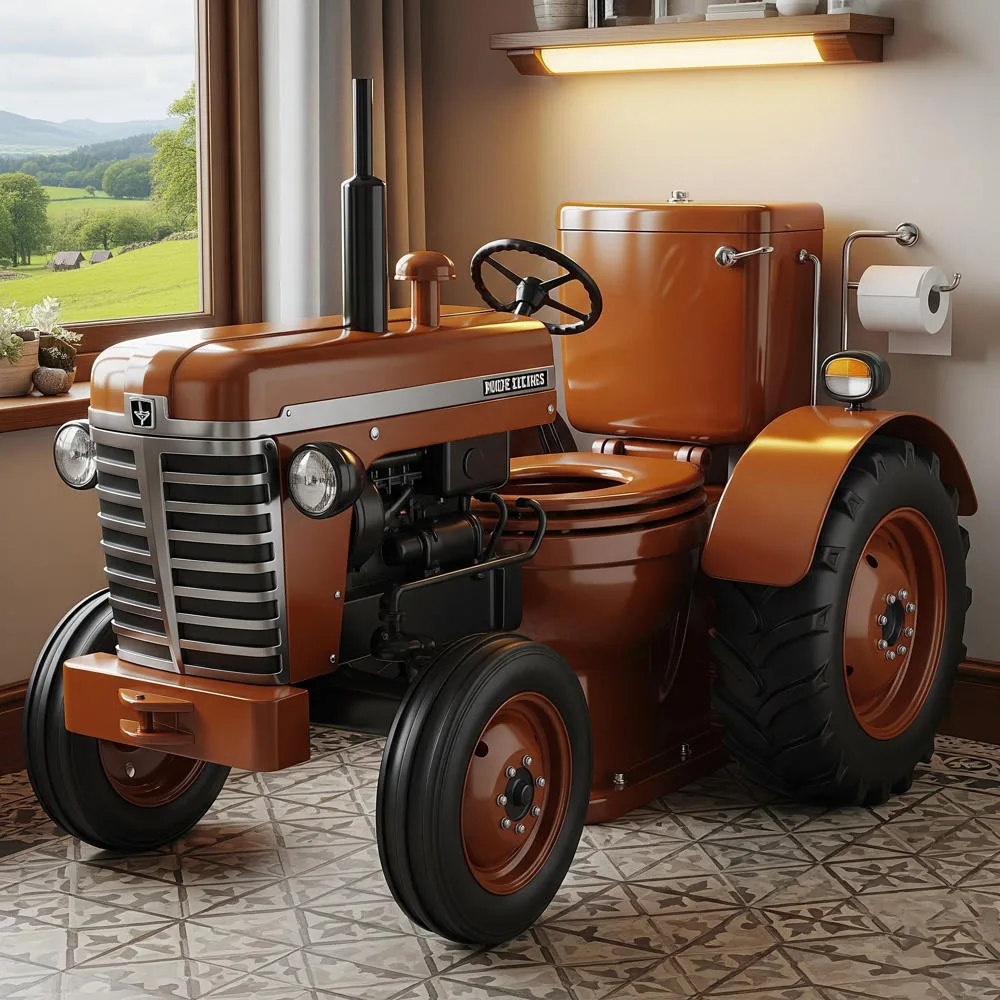
Regular Cleaning and Sanitization
Maintaining proper hygiene standards requires regular cleaning and sanitization of tractor toilet facilities. This typically involves daily cleaning of interior surfaces, restocking of supplies such as toilet paper and hand sanitizer, and periodic deep cleaning with appropriate disinfectants.
Cleaning schedules should be adapted to usage levels and environmental conditions. Units serving larger crews or operating in particularly dusty or contaminated environments may require more frequent attention.
Waste System Maintenance
The waste holding system represents the most critical maintenance aspect of any tractor toilet. Regular pumping and cleaning of waste tanks is essential to prevent odors, overflows, and potential health hazards. Service frequency depends on usage levels, tank capacity, and local regulations.
Many agricultural operations establish service contracts with specialized waste management companies that provide regular pumping services and can address any system malfunctions quickly and professionally.
Preventive Maintenance Programs
Implementing a comprehensive preventive maintenance program helps ensure reliable operation and extends the service life of tractor toilet systems. This includes regular inspection of mechanical components, lubrication of moving parts, replacement of worn components, and testing of safety systems.
Documentation of maintenance activities helps identify recurring issues and can be valuable for warranty claims or regulatory compliance purposes.
Cost Considerations and Return on Investment
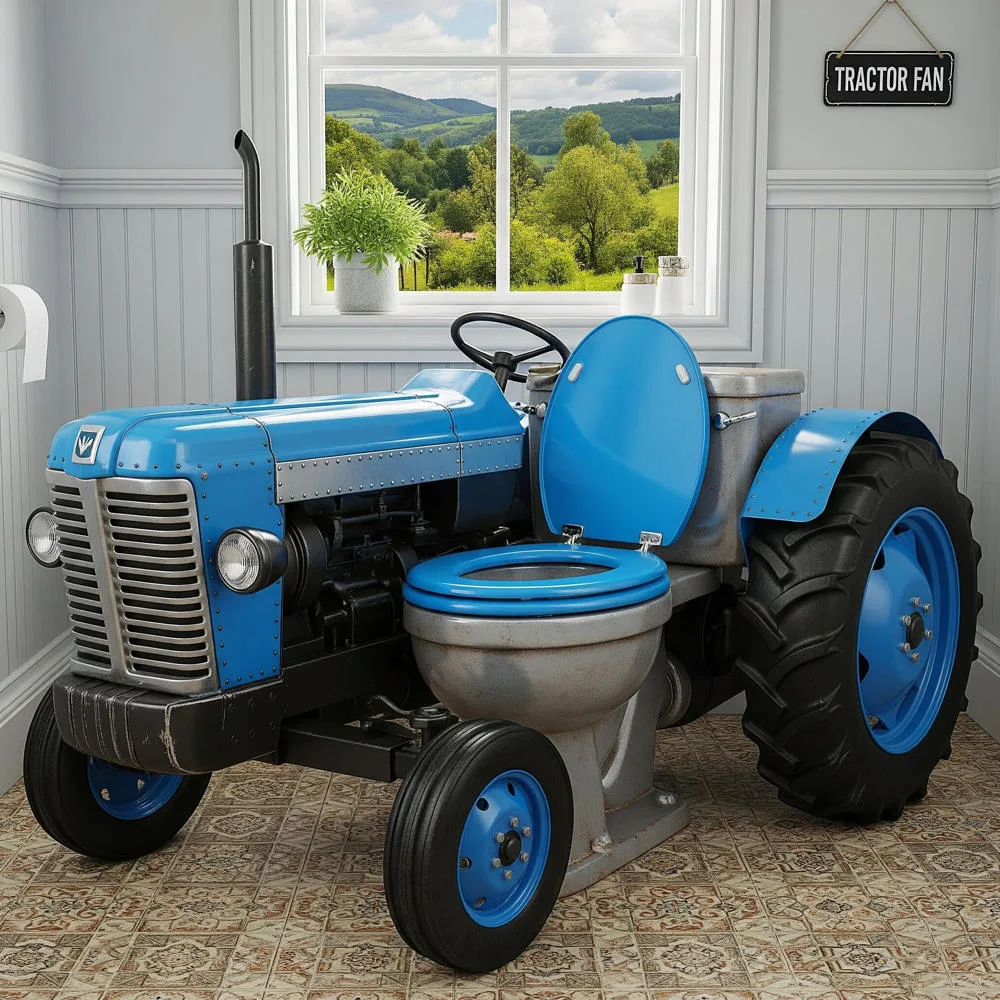
Initial Purchase vs Rental Options
Agricultural operations must decide between purchasing tractor toilet units outright or utilizing rental services. Purchase options typically offer better long term value for operations with consistent, year round needs, while rental arrangements may be more cost effective for seasonal operations or temporary projects.
Consider factors such as expected usage duration, storage requirements during off seasons, and available capital when making this decision. Many suppliers offer flexible lease to own arrangements that can provide a middle ground between rental and purchase options.
Operating and Maintenance Costs
Ongoing operational costs for tractor toilet systems include regular service calls, cleaning supplies, utility costs where applicable, and periodic replacement of worn components. These costs should be factored into the overall budget for agricultural operations.
Energy efficient features such as solar power systems and low water consumption designs can help minimize ongoing operational costs while providing environmental benefits.
Regulatory Compliance Benefits
Investing in proper tractor toilet facilities helps agricultural operations avoid potential fines and legal issues related to sanitation regulation violations. The cost of compliance is typically far less than the potential penalties for violations, making proper sanitation facilities a wise investment from a risk management perspective.
Innovations and Future Trends in Agricultural Sanitation
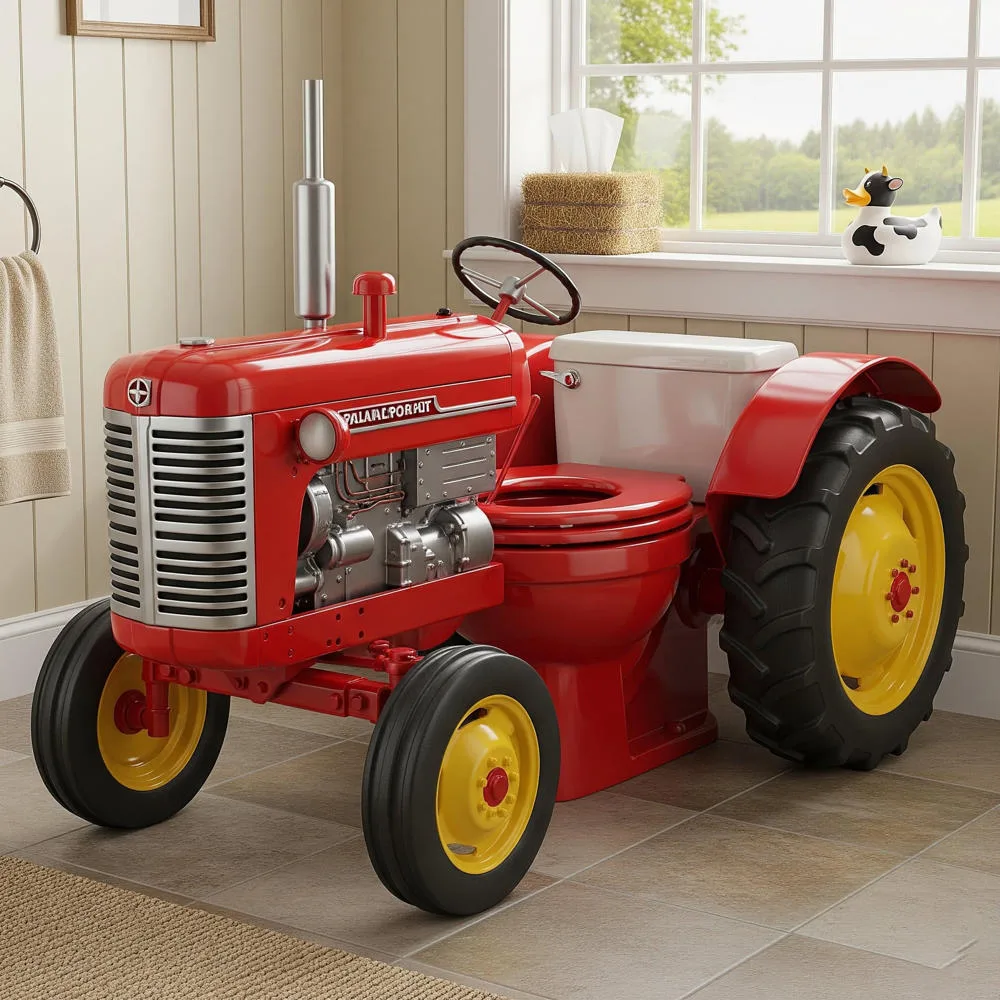
Smart Technology Integration
Modern tractor toilet systems are beginning to incorporate smart technology features that enhance functionality and reduce maintenance requirements. These might include sensors that monitor waste tank levels, usage counters that help optimize service schedules, and remote monitoring systems that alert operators to potential issues.
Mobile applications are being developed that allow agricultural managers to monitor multiple tractor toilet units across different locations, schedule maintenance activities, and track compliance with sanitation regulations.
Environmental Sustainability Improvements
Environmental considerations are driving innovations in tractor toilet design and operation. New waste processing technologies can reduce the environmental impact of waste disposal while potentially creating valuable byproducts such as compost or biogas.
Water conservation features, renewable energy systems, and recyclable construction materials are becoming standard features in many new tractor toilet designs.
Enhanced User Experience Features
User comfort and convenience continue to drive product development in the tractor toilet market. Features such as climate control systems, improved interior lighting, hands free operation, and enhanced privacy measures are becoming more common.
Universal design principles are also being incorporated to ensure tractor toilet facilities are accessible to workers with varying physical abilities and needs.
Conclusion
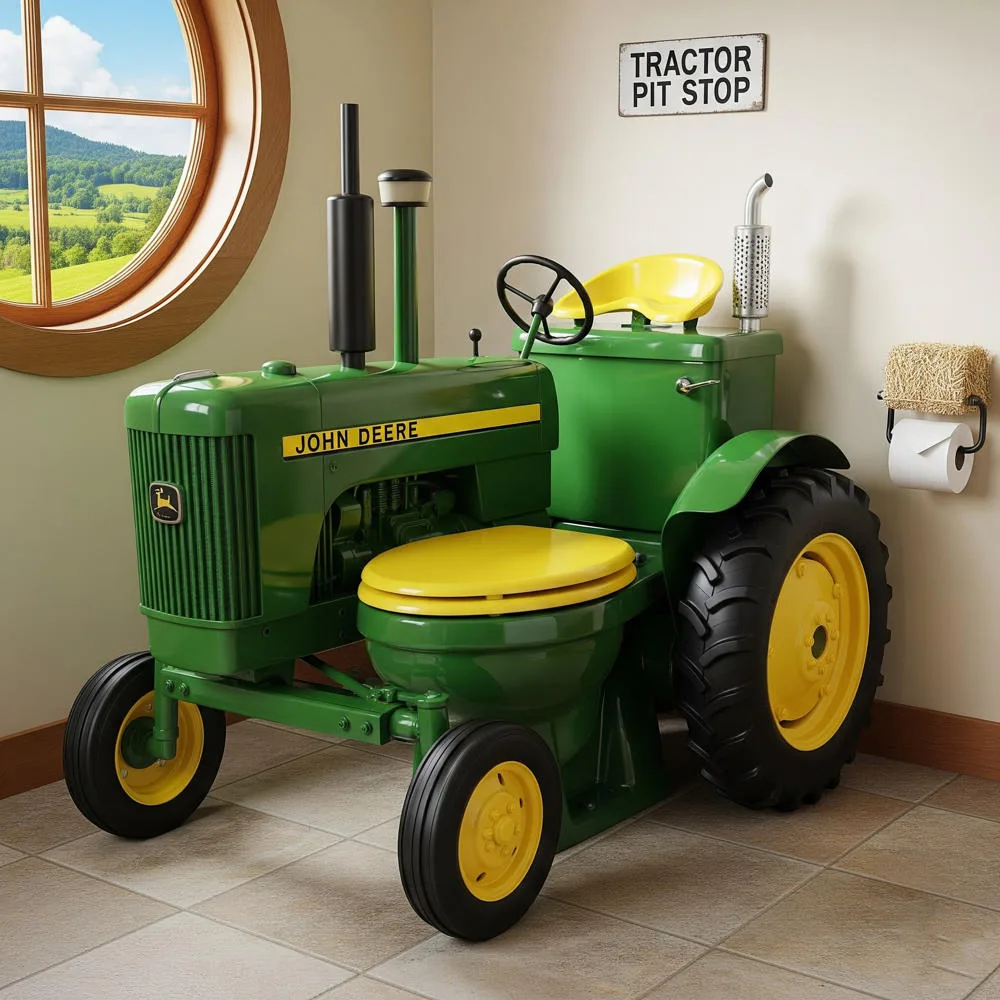
The tractor toilet represents an essential component of modern agricultural operations, providing necessary sanitation facilities for workers who spend long hours in remote field locations. These specialized portable restroom systems offer unique features designed specifically for the challenging conditions of agricultural environments, including enhanced durability, weather resistance, and mobility.
Selecting the right tractor toilet system requires careful consideration of factors such as operation size, usage patterns, site conditions, and budget constraints. Whether choosing towable units, truck mounted systems, or self contained portable facilities, agricultural employers must prioritize worker health and safety while ensuring compliance with relevant regulations.
Proper maintenance and service programs are essential for reliable operation and long term value from tractor toilet investments. Regular cleaning, waste system maintenance, and preventive care help ensure these facilities continue to provide safe, hygienic conditions for agricultural workers.
As technology continues to advance, tractor toilet systems are becoming more sophisticated, incorporating smart features, environmental sustainability improvements, and enhanced user experience elements. These innovations promise to make agricultural sanitation facilities even more effective and valuable for farming operations of all sizes.
The investment in quality tractor toilet facilities pays dividends through improved worker satisfaction, regulatory compliance, and overall operational efficiency. By providing proper sanitation facilities, agricultural employers demonstrate their commitment to worker welfare while protecting their operations from potential legal and financial risks associated with inadequate sanitation provisions.

